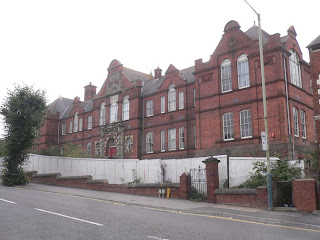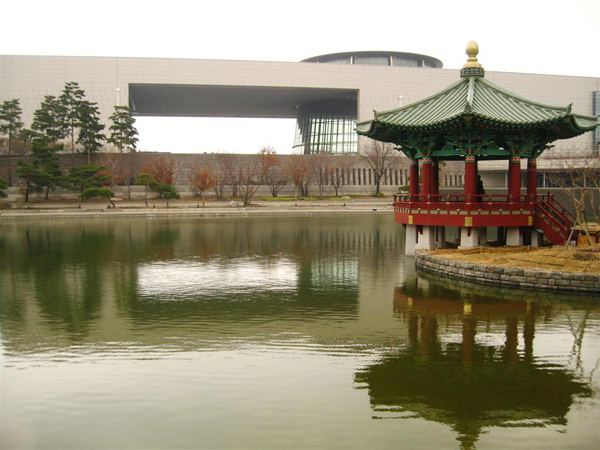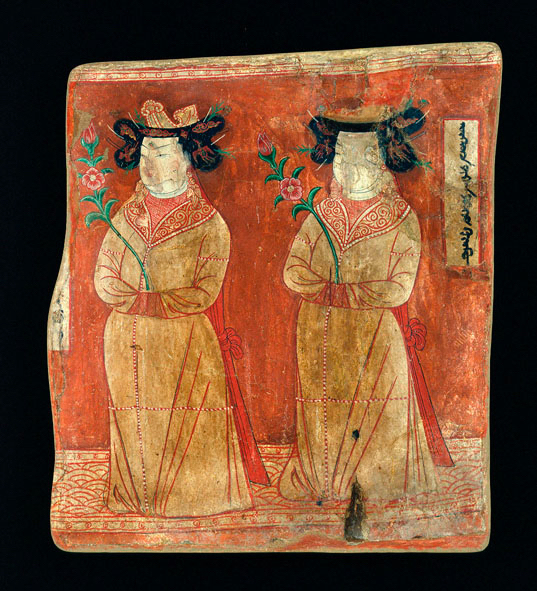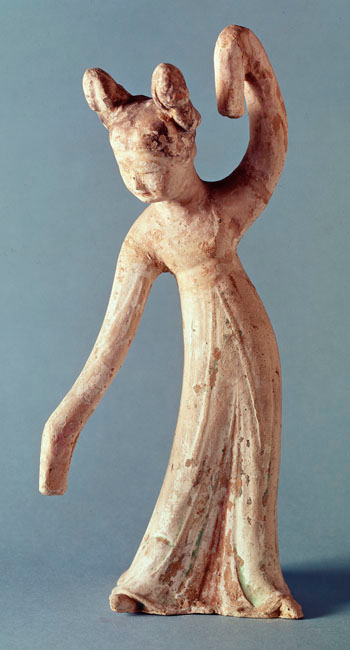IDP Collections Worldwide
The International Dunhuang Programme was founded to make it easier for researchers to identify and access historical material from the town of Dunhuang and other sites on the Eastern Silk Road. These collections of material are held in many different countries, whether in national or private institutions. In 2005, the IDP team collated information about these nationally dispersed items, in order to help people understand the process by which the collection items ended up in such geographically distant places, and so that interested researchers could identify and contact relevant holding institutions.
While we are keeping this text up as a background resource, please be aware that this information was written in 2005 and updated in 2010. New information may have come to light since its initial writing, and the circumstances of the holding institutions may have changed.
Introduction
The largest collections of material from the Silk Road town of Dunhuang and the surrounding region are held in libraries, museums and research institutes in London, Beijing, Paris, St Petersburg and Berlin, with important holdings in Japan and smaller collections throughout the world. The geographical diversity of the collections is due to their having been removed from Central Asia by a succession of archaeological expeditions from different countries. These expeditions, which began in the late 19th century, uncovered and explored the ruined temples and settlements in the deserts of Central Asia. They carried manuscripts, paintings and artefacts away with them when they left and sometimes arranged separate shipments, such were the quantities of material involved. Thus, the Dunhuang collections have their origins in a combination of scholastic enquiry, geographical exploration and the desire to be the first to uncover and interpret these dramatic inheritances of earlier civilizations.
The collections consist largely of items, dating from about 100 BC to AD 1200, including paintings, murals, artefacts, coins and manuscripts, the last in over twenty different languages and scripts. The size and scope of the collections, as well as their fragility and limited access, has meant that, while they constitute a primary research resource for the history and literature of the region, many of the manuscripts in particular have yet to be studied in detail. The International Dunhuang Project aims to reunite this material by making it freely available online.
Collection histories and holdings, by country
IDP collections in Chinese institutions
IDP collections in British institutions
IDP collections in French institutions
IDP collections in German institutions
IDP collections in Japanese institutions
IDP collections in Russian institutions
The question of forgeries
There is little doubt that there are forgeries among the Dunhuang and Central Asian collections although there is little objective proof yet as to their extent. The problem was first made public by Professor Fujieda Akira following his comparison of the Japanese and British collections. In 1998 IDP organised a conference at the British Library to discuss this issue and the papers from the conference were published in 2002. The introduction to this collection is available in an IDP research paper.
Bibliography
- Gibbs, Peter J., Seddon, Kenneth R., Berberine and Huangbo: Ancient Colorants and Dyes. In The British Library Studies in Conservation Science. London: The British Library, 1998.
- Gropp, Gerd, Archäologische Funde aus Khotan, Chinesisch-Ostturkestan. Bremen: Die Trinkler-Sammlung im Übersee-Museum, 1974.
- Rong Xinjiang, ‘Fragment of a Runic Turkish Manuscript Kao. 0107, from Kara-Khoja’. In Stein, A., Innermost Asia: Detailed Reports of Explorations in Central Asia, Kan-su and Eastern Iran. Vols 1-4. New Delhi: Cosmo Publications, 1981.








If you have feedback or ideas about this post, contact us, sign in or register an account to leave a comment below